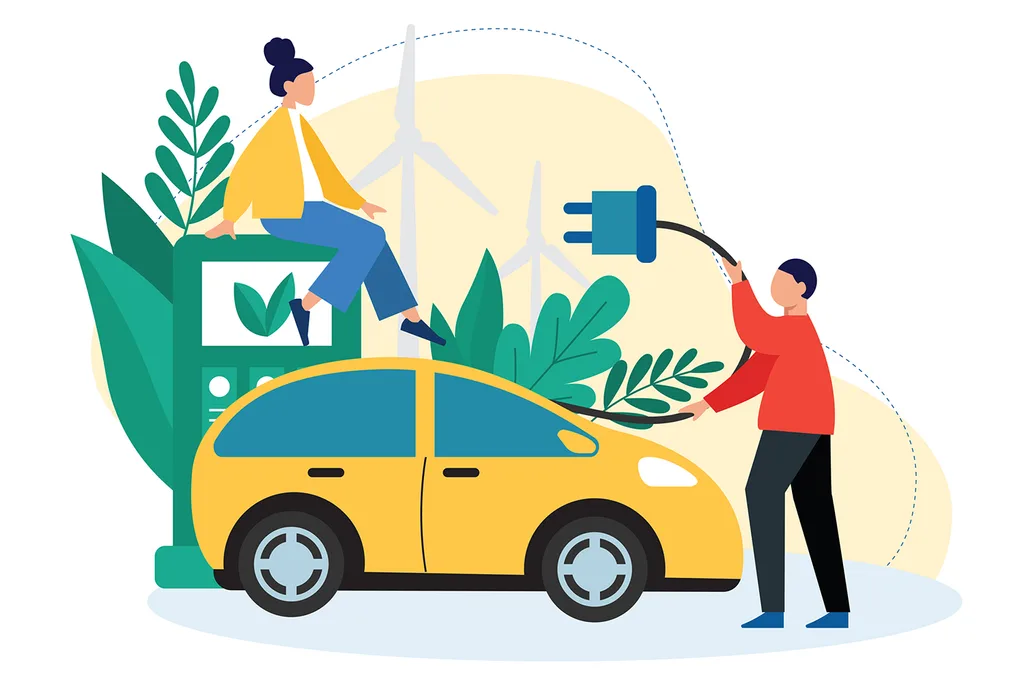I remember watching the Back to the Future movie when I was a kid and being fascinated by the car, a DeLorean.
When it was charged with electricity it could travel through time!
In 1985 when the movie came out, the idea of a car running on electricity seemed pure fantasy, but just 40 years later they’re a familiar sight on our roads, albeit without the ability to take me back to the days of ruffle skirts and cinch belts!
Cars are one of the biggest financial investments we make, so I thought I’d do some research into how the cost of buying and running a battery-operated electric vehicle (EV) compares to the internal combustion engine (ICE) that runs on petrol.
Before buying any vehicle, always do thorough research to find what best suits your individual needs and budget.
Buying
As far as the initial purchase price goes, petrol cars are still cheaper to buy than electric ones. The cheapest EV in Australia is the BYD Dolphin with a price tag of $29,990 before on-road costs, while the cheapest ICE car is the Kia Picanto with a base price of $18,290.
That gap is likely to close as more manufacturers add EVs to their brands, but there’s still the expense of getting a charging station in your home. With the cost of a licensed electrician to install it, this can set you back a few thousand dollars, depending on what system you purchase.
Running costs

Whether you have an EV or ICE, the cost of running your car depends on how often and far you drive, the type and cost of the fuel you buy, or how much your electricity provider charges.
The Electric Vehicle Council has done some sums and, based on the average driver travelling 15,000km a year, they say it costs us around $2160 in petrol or $600 in electricity, or more from a public DC fast charger, which means driving an EV can save you about $1500 a year.
If you have solar panels on your roof you may be able to charge your EV at no cost.
As far as servicing and maintenance go, EVs have fewer moving parts so they tend to be cheaper.
Insurance
Comparison site Compare the Market says that EVs are almost 50 per cent more expensive to insure than petrol vehicles, because parts tend to be more expensive to buy and need to be imported from overseas.
Plus there are fewer qualified repairers.
This is hopefully something that will change once electric vehicles become more common.
A few weeks ago I started receiving an influx of odd emails, some telling me I could win an emergency car kit by filling in a survey, others telling me to click on a link to receive a tax refund or that I’d overpaid my phone bill and needed to provide my bank details to get the money back.
I knew they were all scams but didn’t know why I was suddenly receiving so many. My question was answered when I got an email from Have I Been Pwned?
It’s a website I signed up to a few years ago that alerts you if you’ve been the victim of a data breach.
Sure enough, my email address had been stolen from the jewellery store where we bought my engagement ring.
Knowing this allowed me to change my password to something more secure.
You can be notified if your info has turned up on the dark web by visiting haveibeenpwned.com and subscribing to get alerts.How to avoid scammers!
Ms MoneySaver’s tips are prepared in good faith. That’s Life cannot assure readers that they will be effective in all cases and is not responsible for any loss or damage resulting from following them.







